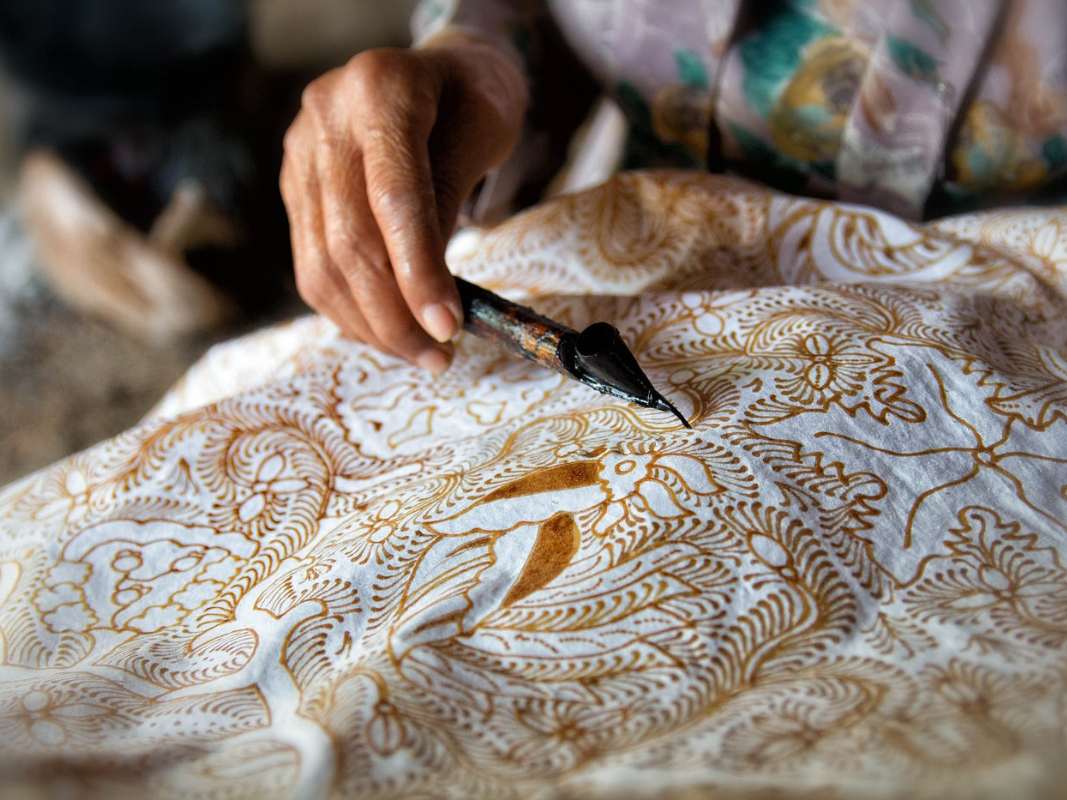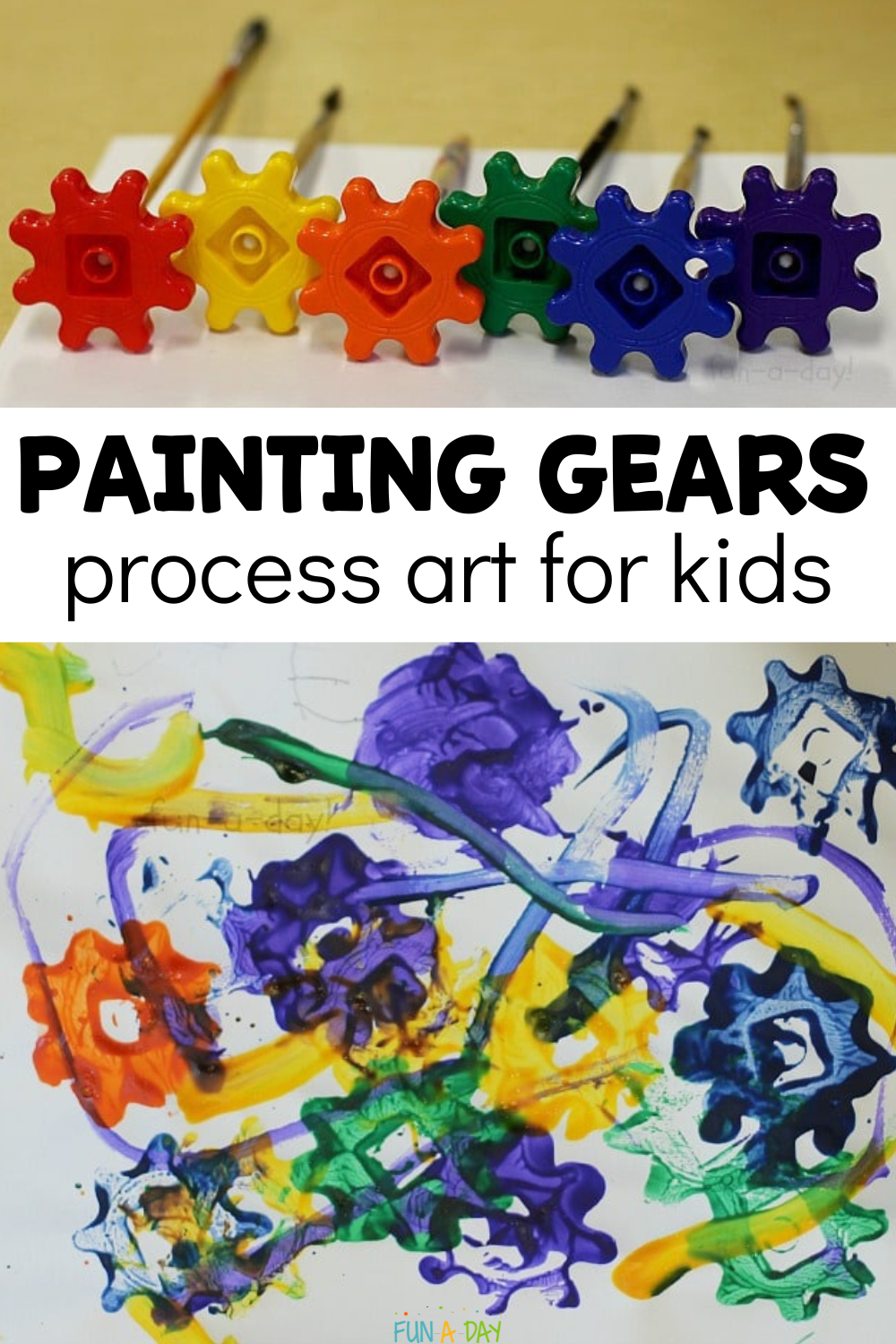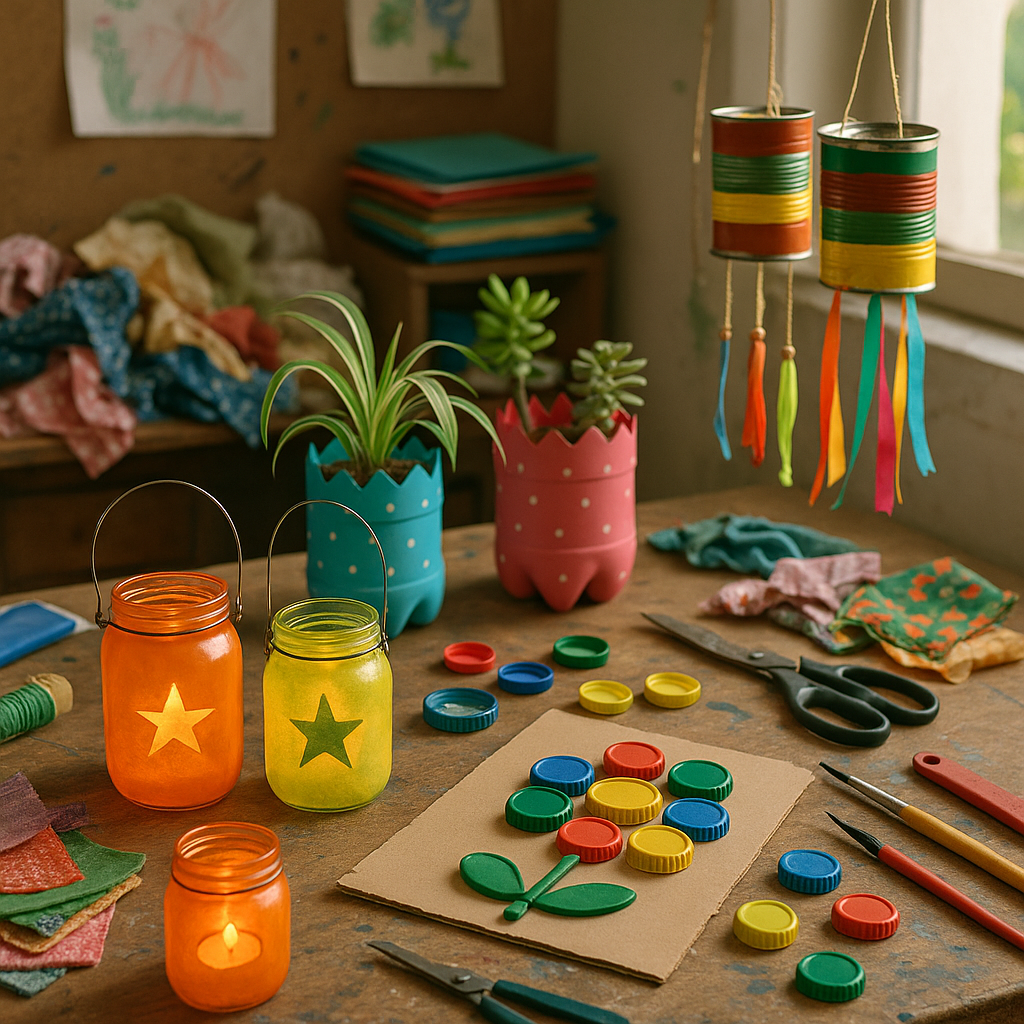Craftsmanship as a Form of Cultural Expression: Exploring Local Traditions

The Art of Craftsmanship
The intricate world of craftsmanship is not merely about the act of creating items; it serves as a vibrant cultural tapestry that encapsulates history, identity, and artistry. Across the United States, each region boasts its local traditions, showcasing various techniques and materials. These artisanal practices are reflections of the unique heritage that each community possesses.
Consider these fascinating examples of American craftsmanship:
- Navajo Weaving: Renowned for its vibrant colors and intricate patterns, Navajo textiles are more than just decorative items; they convey rich stories of the land and its people, revealing insights into their spirituality, history, and way of life. Each rug or blanket is a labor of love that often takes months to complete, using traditional methods passed down through generations.
- Appalachian Cabin Building: This architectural style is emblematic of the resilient spirit of the Appalachian people. Constructed from local timber and often featuring rustic stonework, these cabins reflect a deep connection to the surrounding environment. The techniques used, such as log cabin construction, showcase the region’s history of skilled labor and resourcefulness, adapting to the natural resources available.
- Blown Glass from Wisconsin: Wisconsin is home to exquisite glass-blowing artisans who transform molten glass into stunning pieces of art. Each creation, whether it be a delicate ornament or a functional piece, embodies the craftsmanship and dedication of these artisans. The process itself is mesmerizing—bringing forth items of beauty through a careful balance of heat and skill.
The significance of these crafts extends far beyond mere aesthetics. They play a pivotal role in:
- Preserving cultural narratives: Each handcrafted item is a story waiting to be told, encapsulating the dreams, challenges, and triumphs of the artisans and their communities.
- Promoting local economic development: Craftsmanship not only provides income for artisans but also stimulates local economies by attracting tourism and encouraging the sale of handmade goods.
- Creating a sense of community and belonging: Engaging in craftsmanship fosters connections among individuals, binding communities through shared heritage and collective pride in local traditions.
Exploring craftsmanship allows us to engage with our past and present in profound ways. It gives a voice to artisans whose works resonate with both historical roots and contemporary relevance. As we delve deeper into these traditions, we uncover the stories behind the creations, revealing the passion and dedication that go into each piece. In doing so, we not only appreciate the beauty of the work but also develop a deeper understanding of the cultural significance behind it. Join us in this journey to discover the vibrant world of craftsmanship that enriches our society, inviting us all to connect with our roots and each other.
DIVE DEEPER: Click here to discover the beauty of gardening as art

The Heartbeat of Local Communities
Craftsmanship embodies the definition of cultural expression; it is a tangible link between the past and present. When artisans craft their goods, they are not only creating functional objects or beautiful art; they are weaving stories that contribute to a community’s identity. Each regional specialty reflects local materials, resources, and historical influences, transforming practical skills into meaningful artifacts.
Regional Craft Styles: Across the United States, craftsmen proudly uphold diverse traditions, each telling a different story.
- New England Pottery: The art of pottery in New England has roots tracing back to early settlers who sought to create functional ware for their households. Today, modern potters are reviving historical techniques, using local clay to create work that is both utilitarian and artistic. This blend of functionality and artistry is essential to understanding the identity of this region, as it reflects both the settlers’ practical needs and their evolving artistic expressions.
- Texas Leatherwork: Leatherworking in Texas exemplifies craftsmanship that is closely linked to local culture. The craftsmanship of saddlery, boots, and belts is not only an art form but also a craft steeped in tradition, reflecting the cowboy heritage and ranching lifestyle. Artisans often incorporate intricate designs that celebrate Texan history, embracing both heritage and modernity in their works.
- California Surfboard Shaping: Surfboards crafted on the West Coast illustrate a unique cultural phenomenon. The process of shaping a surfboard is as much about technique as it is about the experience of surfing itself, symbolizing a way of life. This craftsmanship reflects the deep connection to the ocean and embodies the vibrant, laid-back culture of California.
The impact of these crafts extends well beyond individual creations. They are instrumental in:
- Fostering artistic innovation: While rooted in tradition, many artisans blend old techniques with contemporary styles. This creative synthesis not only revitalizes traditional crafts but also promotes a dialogue between generations of artisans.
- Strengthening local economies: Craftsmanship often sustains local communities by creating job opportunities and attracting visitors, eager to learn about and purchase local arts. Artisans frequently collaborate with local businesses, boosting the economy and keeping traditional skills alive.
- Engaging cultural dialogue: Through exhibitions, workshops, and festivals, these crafts invite public engagement, enabling artisans to share their skills and stories while educating others about their heritage.
In recognizing these various traditions, we uncover layers of culture that inform us about community values, resilience, and creative expression. Craftsmanship is thus not just about the artisan’s skill; it represents a collective narrative that binds communities together, inviting us to explore deeper connections with our shared cultural history.
In our exploration of the intricate relationship between craftsmanship and cultural expression, it becomes clear that local traditions serve as a vital repository of identity, heritage, and peace. Craftsmanship is not merely about creating utilitarian objects; it is about embedding stories, values, and communal memories into each piece. For instance, the traditional art of pottery in different cultures often reflects specific local histories and resources. Each design, pattern, and technique tells a narrative that connects the maker with their environment, family, and past.Moreover, these local traditions foster community cohesion by bringing artisans together, reinforcing shared values and promoting collaborative creativity. Markets and festivals celebrating these crafts provide platforms for artisans to showcase their talents, raise awareness about their heritage, and educate younger generations. In these spaces, craftsmanship becomes a living testament to resilience, adaptation, and innovation.The emergence of global platforms has also allowed local artisans to reach broader audiences, inviting more people to appreciate their products and underlying stories. This exposure not only enhances their economic opportunities but also encourages cultural exchange. The intertwining of tradition and modernity illustrates how craftsmanship can evolve while remaining true to its roots, celebrating diversity and stimulating conversations around cultural appreciation.Furthermore, the revival of interest in handmade goods amid a global shift towards sustainability emphasizes the significance of craftsmanship. As consumers increasingly seek authentic, sustainable products, the appreciation for local craftsmanship is on the rise. This trend not only supports local economies but also promotes environmentally friendly practices that honor the materials and methods of traditional crafts.To delve deeper into this enriching theme, consider how various regions incorporate distinctive craftsmanship styles influenced by their natural environments and cultural narratives. Each artisan’s journey offers a unique perspective, contributing to a tapestry of global craftsmanship that is vibrant, diverse, and steeped in history. Exploring these practices unveils not only the beauty of handmade objects but also the culture and community that breathe life into them.
DIVE DEEPER: Click here to discover stunning landscape photography tips
Bridging Generations Through Traditional Skills
As urbanization and modernization sweep across the globe, many fear that traditional craftsmanship may fade into obscurity. However, across the United States, numerous artisans embrace these fears by actively reviving and preserving age-old skills, ensuring that future generations inherit a rich tapestry of cultural heritage.
Mentorship Programs: One of the most significant ways artisans are fostering a connection between generations is through mentorship programs. These initiatives pair seasoned craftspeople with aspiring makers, bridging age gaps while passing down invaluable skills. For example, in places like Philadelphia, the Pennsylvania Guild of Craftsmen has been pivotal in fostering both traditional and contemporary crafts, where master joiners share their expertise with young apprentices. The hands-on experience not only bolsters skillsets but also strengthens community bonds.
Community Workshops: Regularly held workshops provide a platform for artisans to share their crafts with people of all ages. Through hands-on learning experiences, participants explore various techniques, from quilt-making in Appalachia to basket weaving with local reeds. These workshops promote a sense of belonging and cultural pride within communities, allowing the younger generation to connect with their ancestry. Events such as the American Craft Show broadens this idea further, bringing artisans from various backgrounds and demonstrating the continuous evolution of traditional crafts.
The Role of Technology: Interestingly, modern technology is playing a crucial role in preserving craftsmanship. Many artisans are adopting new tools and techniques that merge traditional methods with contemporary technology. For example, laser cutting and digital design software are increasingly incorporated into woodworking and textile crafts, allowing artisans to expand their creative horizons while still paying homage to traditional practices. This adaptability helps the craft’s relevance in the digital age, attracting younger audiences and ensuring that these traditions do not dwindle.
Reviving Lost Techniques: Some artisans are also focused on reclaiming techniques that have fallen out of fashion. In the Southeast region, efforts are underway to revive traditional cane chair weaving that has roots dating back centuries. Workshops and community initiatives are rallying to teach this skill to a new generation, ensuring that the art remains vibrant. This revival not only stimulates interest in this niche craft but also serves as a vital link to history and identity.
Artisanal Communities: Craftsmen often form communal spaces or guilds that serve as incubators for traditional skills. These communities encourage collaboration and the pooling of resources, facilitating a supportive environment where artisans can learn from one another and innovate their practices. The Handmade in America program, for example, promotes such cooperative community spaces in regions like western North Carolina, celebrating local craftsmanship while connecting artisans with potential markets and audiences.
As we delve deeper into the cultural significance of craftsmanship, it becomes essential to acknowledge the ongoing efforts of artisans who continually strive to revitalize and sustain local traditions. Through mentorship, community engagement, and innovative adaptations, these craftsmen ensure that their rich narratives are preserved, making craftsmanship not just a reflection of individual talent but a dynamic force of cultural continuity.
DIVE DEEPER: Click here to discover how to transform your space
Conclusion: The Enduring Legacy of Craftsmanship
In an era characterized by rapid technological advancements and shifting cultural landscapes, craftsmanship emerges as a vibrant testament to local traditions and heritage. The relentless passion of artisans to revive age-old techniques while infusing contemporary relevance underscores the essence of cultural expression woven through their work. From nurturing young talent through mentorship programs to facilitating community workshops, artisans play a pivotal role in cultivating not just skills but a profound sense of belonging and pride within their communities.
Furthermore, the integration of modern technology opens new avenues for these crafts, allowing artisans to reach wider audiences and keep their traditions alive in a digital world. As we witness the reclamation of lost techniques and the establishment of supportive artisanal communities, it becomes evident that craftsmanship is not a mere practice but a living narrative that connects generations and reinforces cultural identity.
As we continue to explore the dynamic interchange between craftsmanship and culture, it is crucial for us to recognize our role as consumers and supporters. Engaging with local artisans not only sustains these cherished crafts, but it also enriches our understanding of the stories embedded in each handmade piece. By appreciating and promoting craftsmanship as a form of cultural expression, we forge stronger ties to our roots, ensuring that these invaluable traditions thrive for future generations to explore, celebrate, and cherish.


